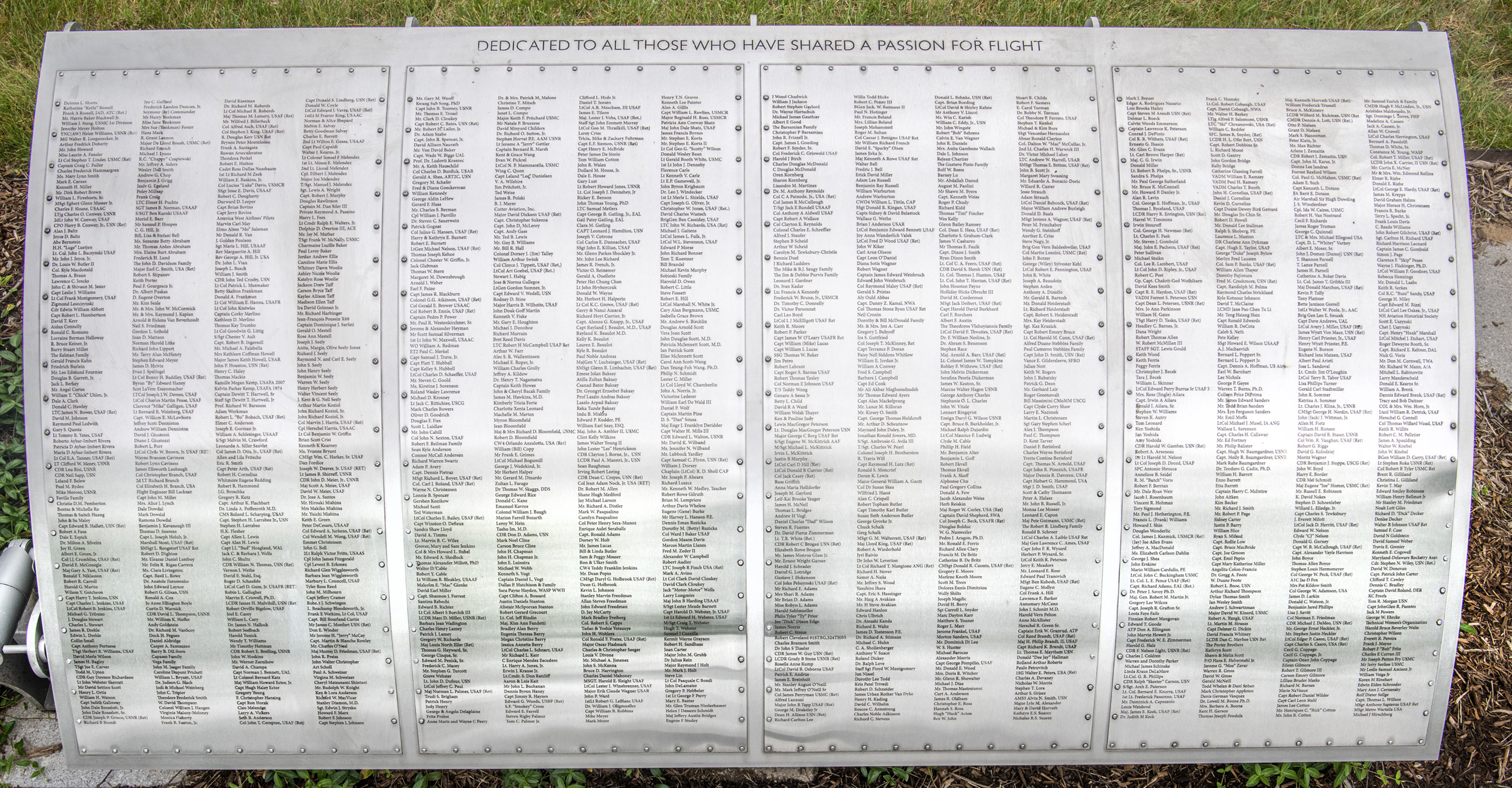Foil: 13 Panel: 1 Column: 2 Line: 84
Wall of Honor Level:
Air and Space Friend
Honored by:
Mr. Eleazar D. Lamboy
Mr. Felix R. Rigau (aka Rigau Carrera) was born in 1894 at Sabana Grande, Puerto Rico. He enlisted in the U. S. Navy when he was 17 years old. After his military service he requested to enter the Military Flight School at Seattle, WA. This was toward the end of the First World War and after the Armistice. The school was closed and Mr. Rigau could not finish the program. However, he went to the Aero Club of America and was able to finish his flight training and obtain a pilot certificate (No. 690).
In 1919, Mr. Rigau came to Puerto Rico and brought with him a Curtiss "Jenny." He started offering rides to the people in Puerto Rico, introducing this way this type of transportation to the public.
He proposed to the government of Puerto Rico to build an aviation school for the benefit of the young people of the island. He did not succeed in this matter. He then went to Venezuela, where he built a Flight School for that government. Another service he started offering was air mail from Sabana Grande and Ponce to San Juan, Puerto Rico.
Mr. Felix Rigau introduced aviation to the Puerto Rican people and showed them
how fast and efficient this mode of transportation was for moving people and cargo. Mr.
Felix Rigau was the first Puerto Rican pilot to fly over Puerto Rico. That was the reason
they used to call him the "Eagle of Sabana Grande," a similarity with Charles A.
Lindbergh.
Wall of Honor profiles are provided by the honoree or the donor who added their name to the Wall of Honor. The Museum cannot validate all facts contained in the profiles.
Foil: 13
All foil images coming soon.View other foils on our Wall of Honor Flickr Gallery
